FOMC left monetary policy unchanged today. Federal funds rate is held at 0-0.25%. QE will continue with USD 80B in treasury securities and USD 40B in MBS per month. Overall the statement is nearly a carbon-copy of the prior one. There is little reaction to the announcement.
Full statement below.
The Federal Reserve is committed to using its full range of tools to support the U.S. economy in this challenging time, thereby promoting its maximum employment and price stability goals.
The COVID-19 pandemic is causing tremendous human and economic hardship across the United States and around the world. Amid progress on vaccinations and strong policy support, indicators of economic activity and employment have strengthened. The sectors most adversely affected by the pandemic remain weak but have shown improvement. Inflation has risen, largely reflecting transitory factors. Overall financial conditions remain accommodative, in part reflecting policy measures to support the economy and the flow of credit to U.S. households and businesses.
The path of the economy will depend significantly on the course of the virus, including progress on vaccinations. The ongoing public health crisis continues to weigh on the economy, and risks to the economic outlook remain.
The Committee seeks to achieve maximum employment and inflation at the rate of 2 percent over the longer run. With inflation running persistently below this longer-run goal, the Committee will aim to achieve inflation moderately above 2 percent for some time so that inflation averages 2 percent over time and longerterm inflation expectations remain well anchored at 2 percent. The Committee expects to maintain an accommodative stance of monetary policy until these outcomes are achieved. The Committee decided to keep the target range for the federal funds rate at 0 to 1/4 percent and expects it will be appropriate to maintain this target range until labor market conditions have reached levels consistent with the Committee’s assessments of maximum employment and inflation has risen to 2 percent and is on track to moderately exceed 2 percent for some time. In addition, the Federal Reserve will continue to increase its holdings of Treasury securities by at least $80 billion per month and of agency mortgage-backed securities by at least $40 billion per month until substantial further progress has been made toward the Committee’s maximum employment and price stability goals. These asset purchases help foster smooth market functioning and accommodative financial conditions, thereby supporting the flow of credit to households and businesses.
In assessing the appropriate stance of monetary policy, the Committee will continue to monitor the implications of incoming information for the economic outlook. The Committee would be prepared to adjust the stance of monetary policy as appropriate if risks emerge that could impede the attainment of the Committee’s goals. The Committee’s assessments will take into account a wide range of information, including readings on public health, labor market conditions, inflation pressures and inflation expectations, and financial and international developments.
Voting for the monetary policy action were Jerome H. Powell, Chair; John C. Williams, Vice Chair; Thomas I. Barkin; Raphael W. Bostic; Michelle W. Bowman; Lael Brainard; Richard H. Clarida; Mary C. Daly; Charles L. Evans; Randal K. Quarles; and Christopher J. Waller.




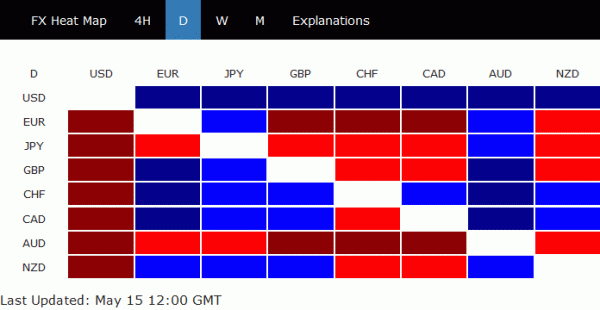
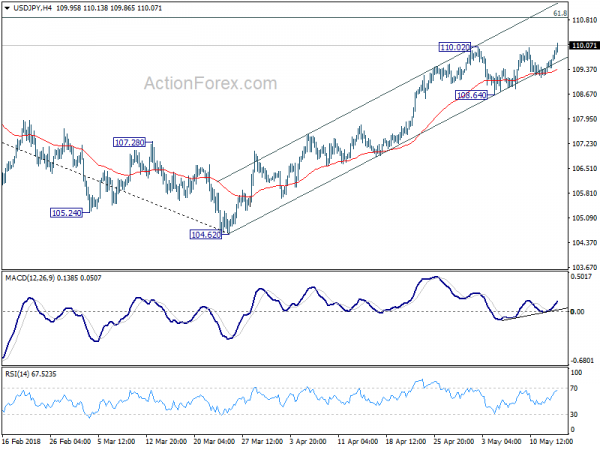
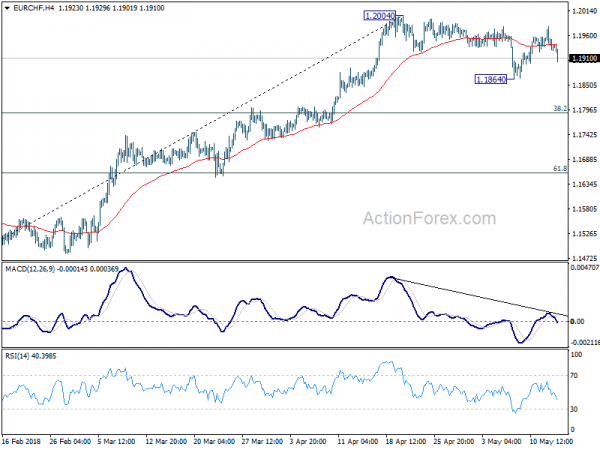
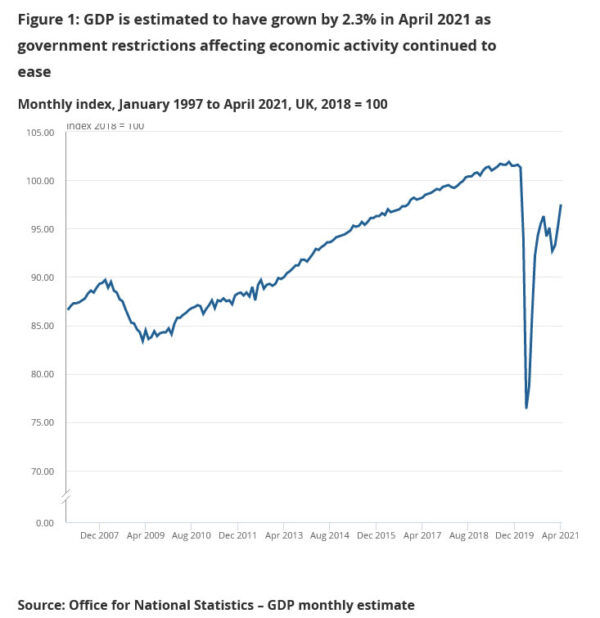
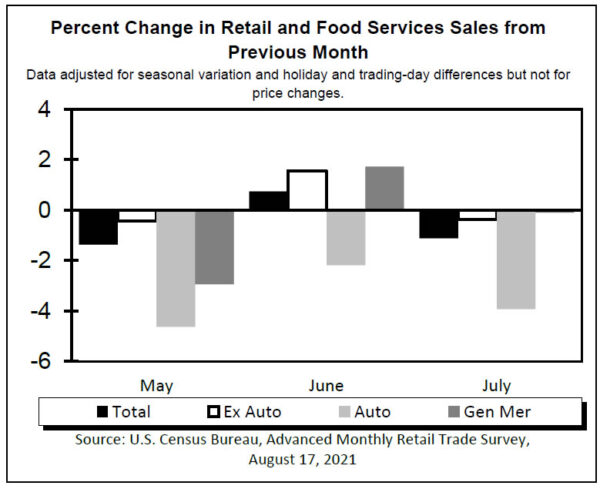
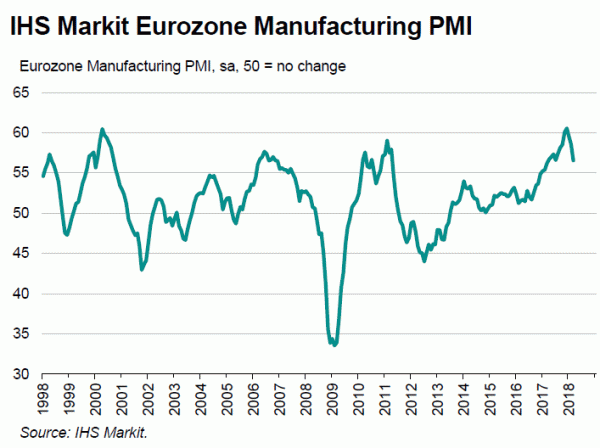
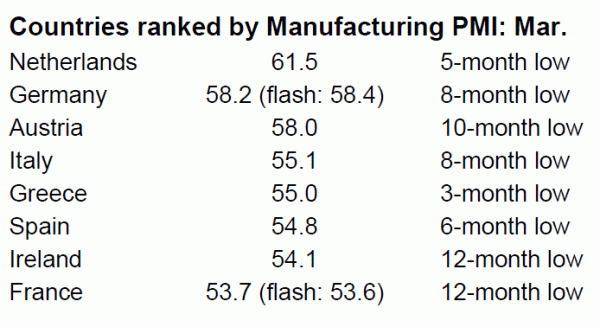
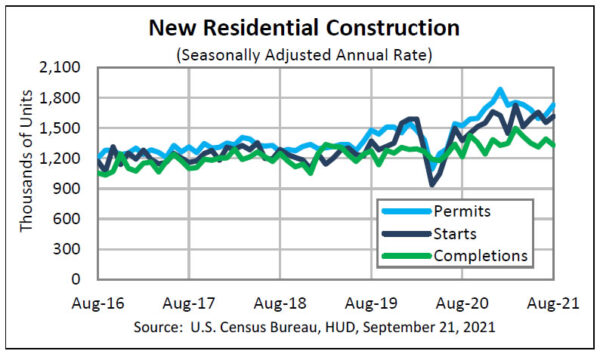
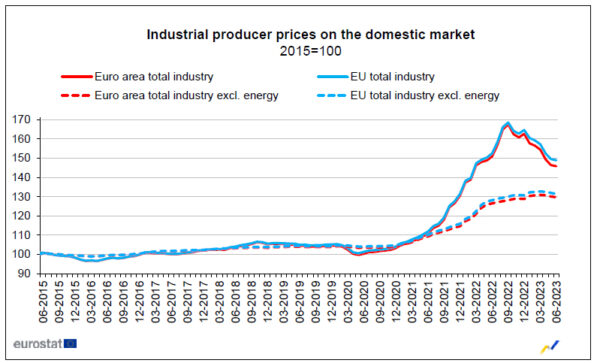
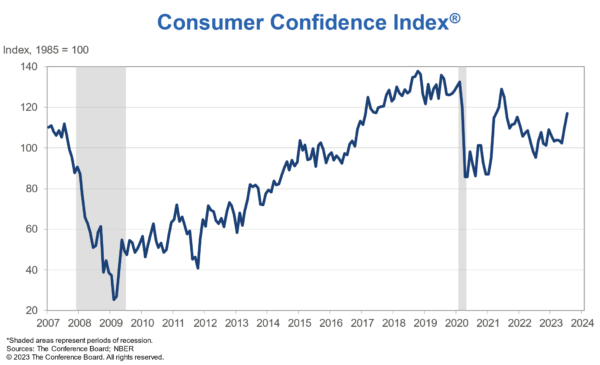
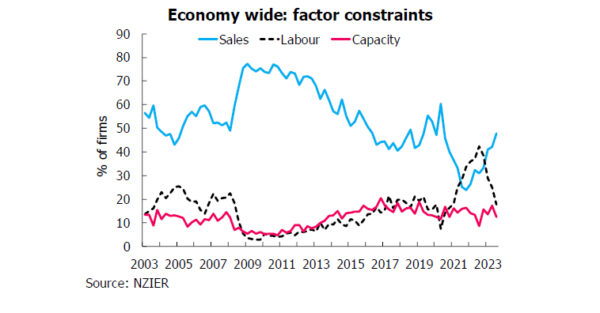
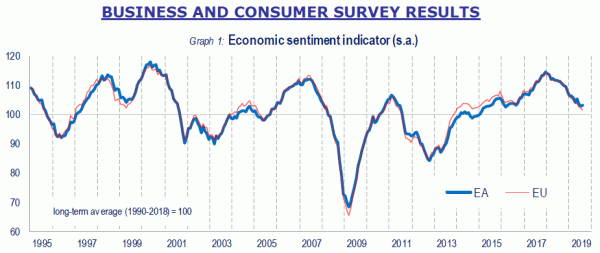
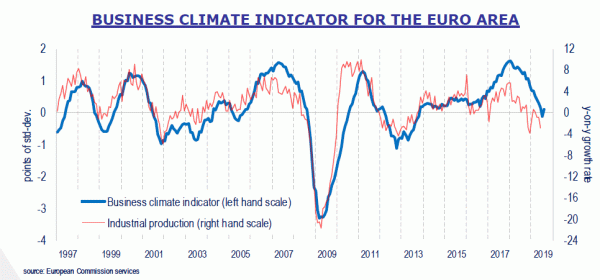
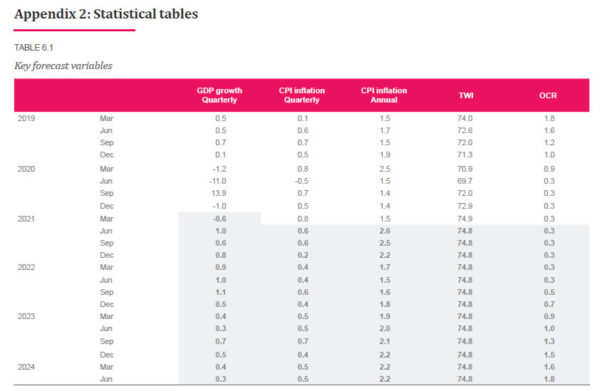
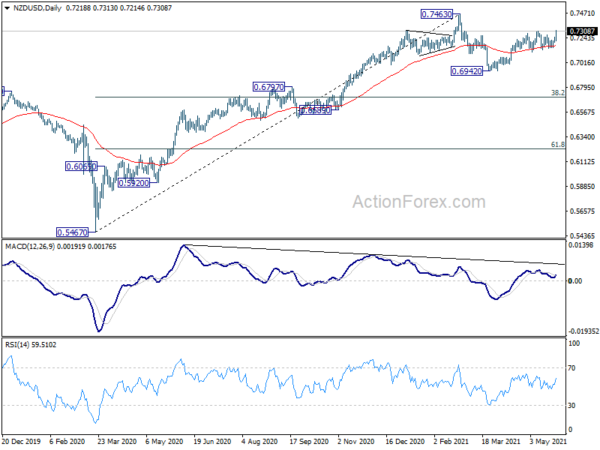
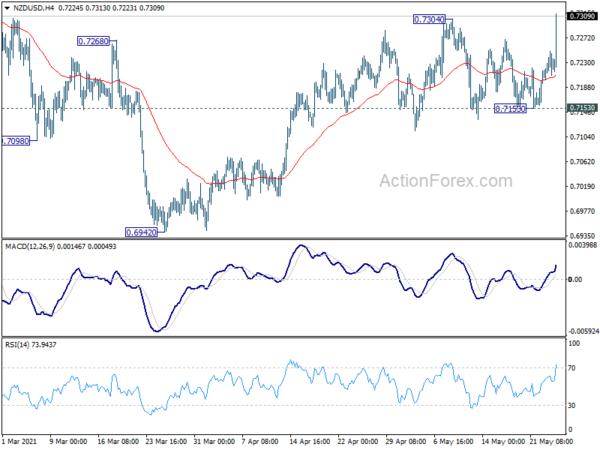
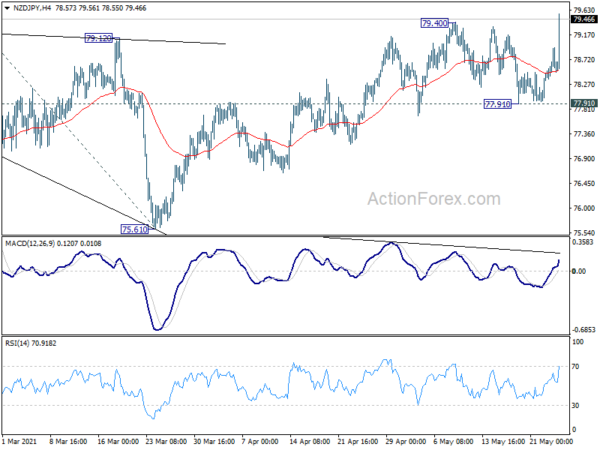
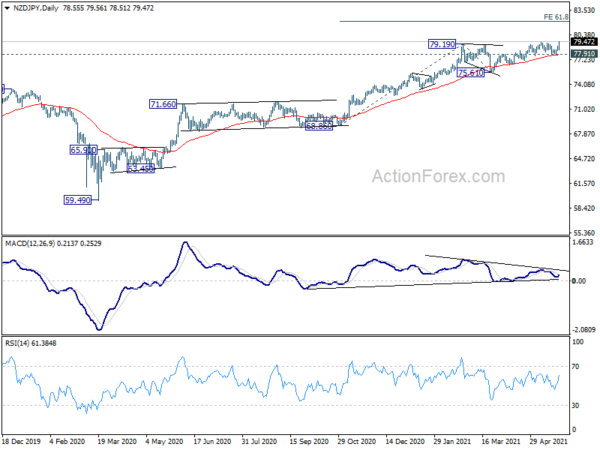
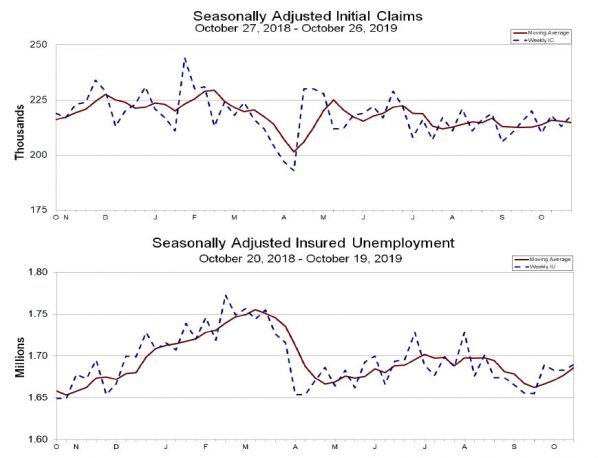
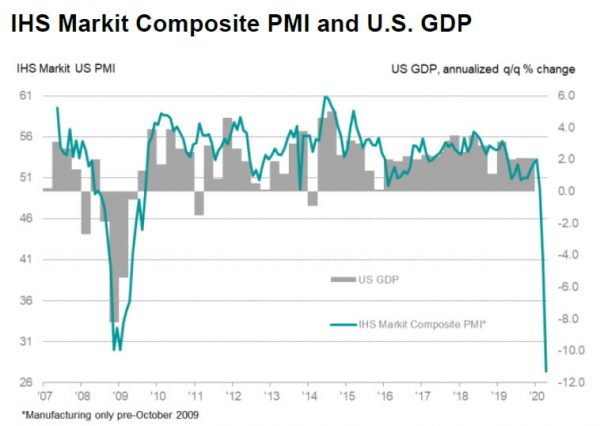

Asia update: Aussie lower on stocks, Canadian Dollar as oil lost momentum
Australian Dollar is under some selling pressure today, as Asian stocks weaken broadly. Canadian Dollar follows as the second weakest as oil price is starting to lose momentum. On the other hand, Yen and Dollar are trading as the strongest ones so far, with prospects of more upside for the day. Sterling slightly softer after UK Prime Minister Theresa May’s uninspiring statement on Brexit overnight. The Pound will now look into job data while Euro will look at ZEW economic sentiment.
In Asia:
One development to note is the loss of upside momentum in WTI crude oil. Bearish divergence condition is seen in 4 hour MACD and RSI. WTI is also close to an important resistance at 54.61 and 38.2% retracement of 77.06 to 42.05 at 55.42. First line of defense is at 4 hour 55 EMA (now at 52.01). Sustained break should confirm reversal and send WTI through 50.59 support. USD/CAD’s rebound from 1.3180 should accelerate should the fall in oil extends.